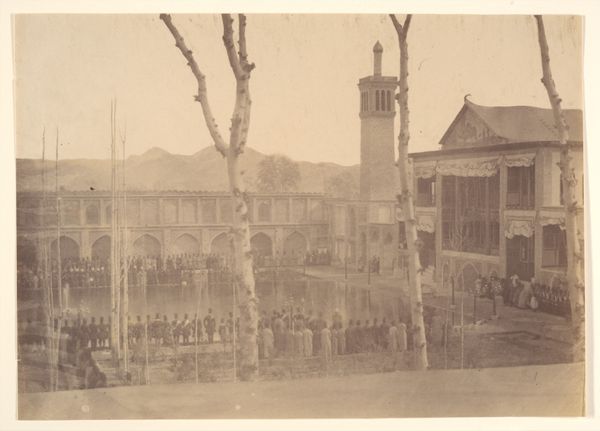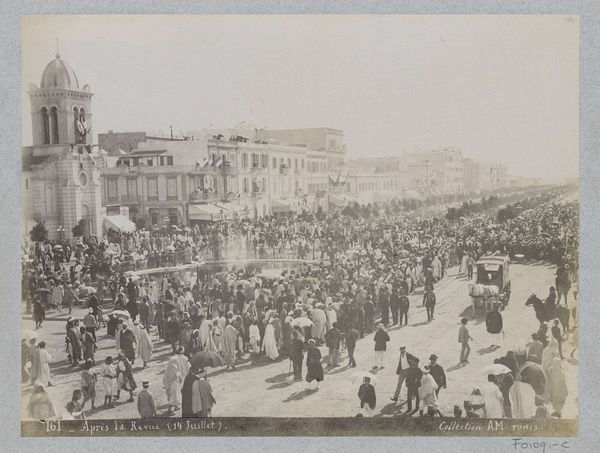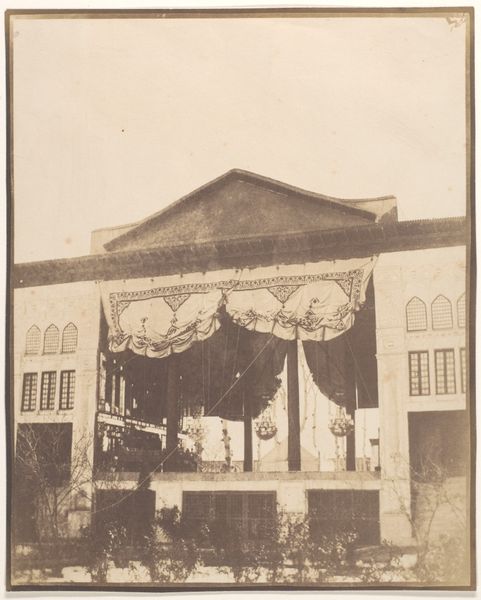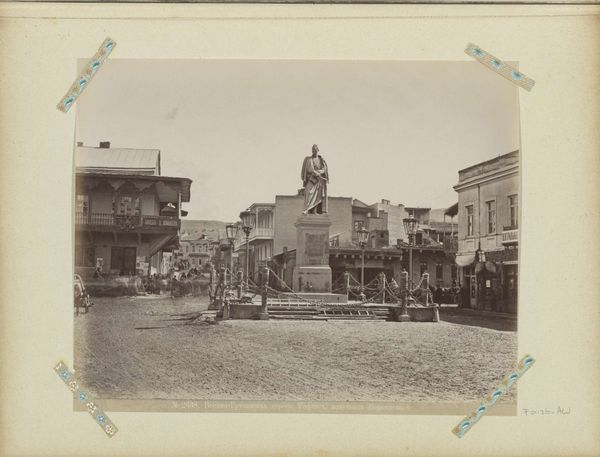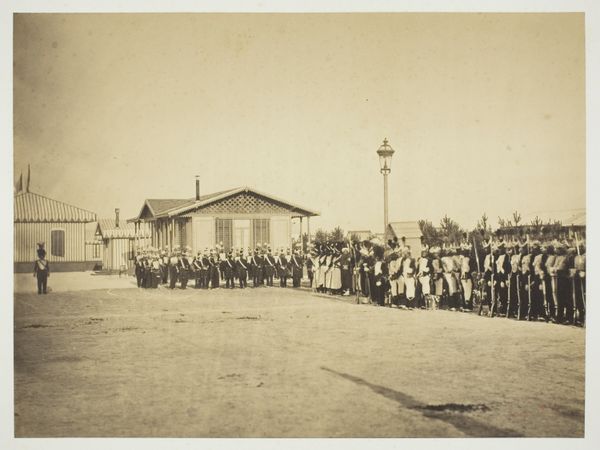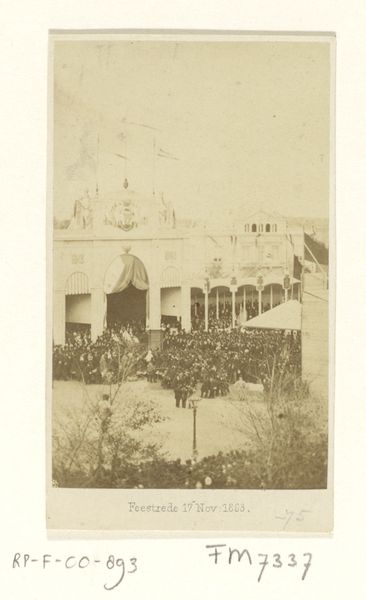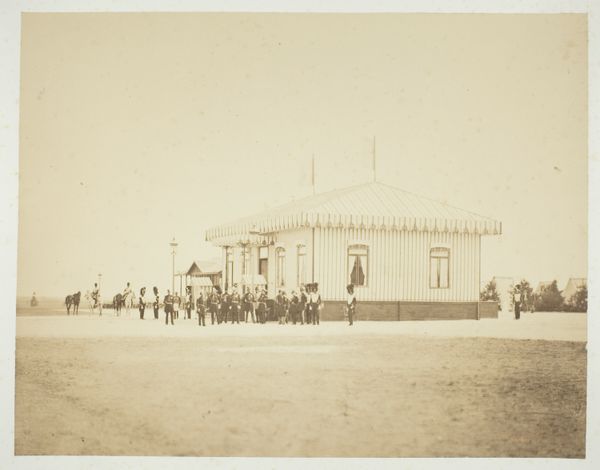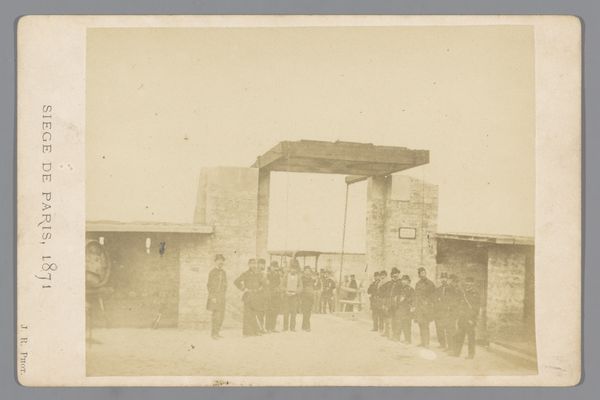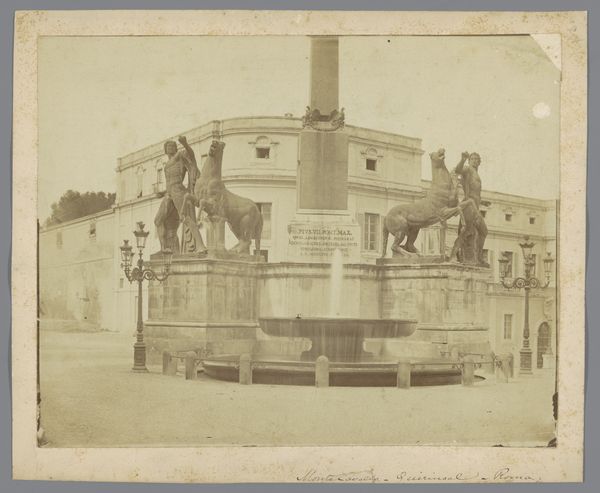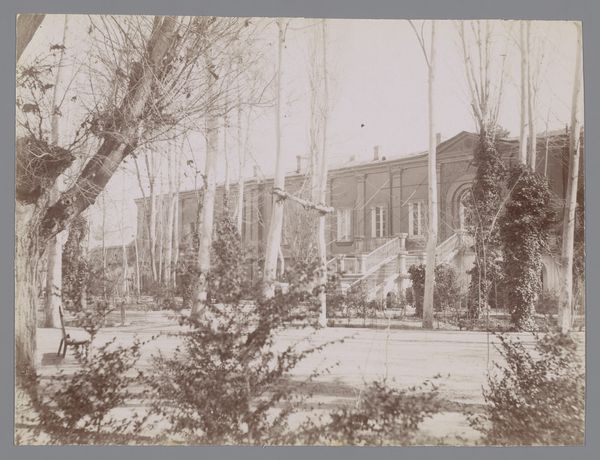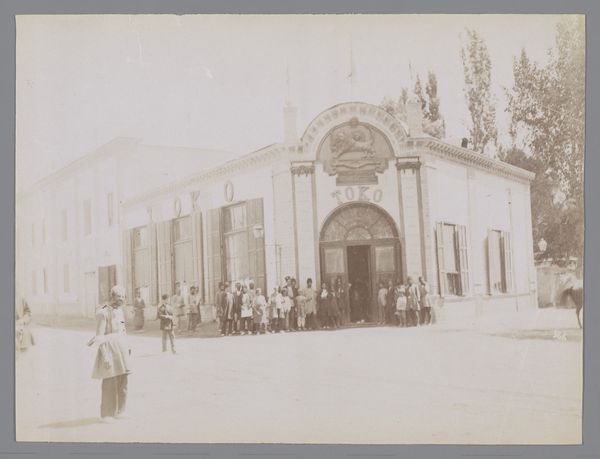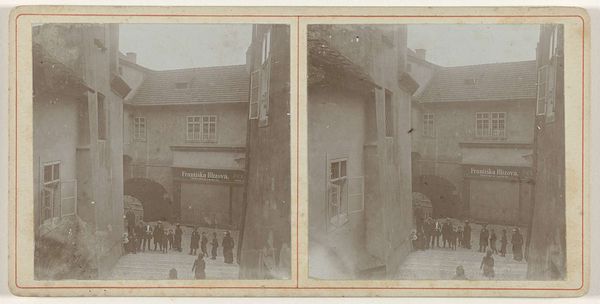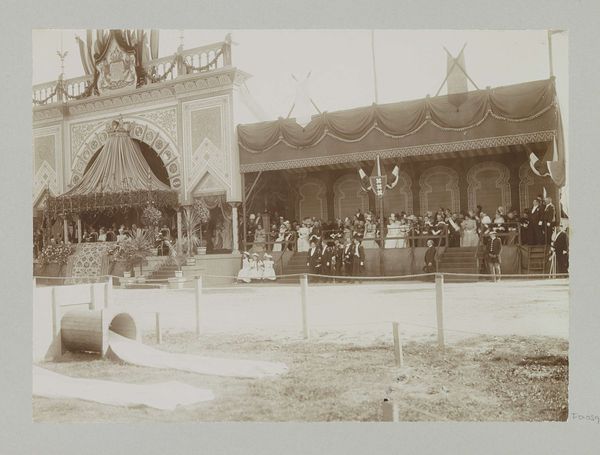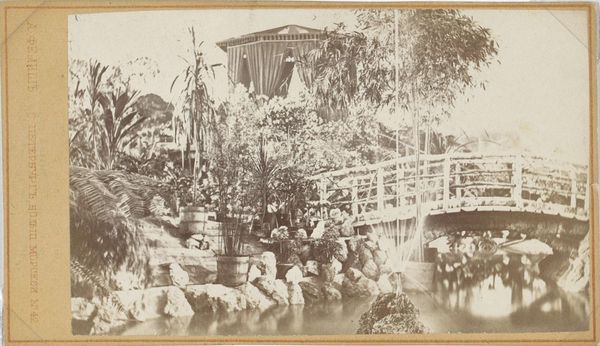![[Golestan, Le Salon et Fete de l'equinode, Teheran, Iran (le Pavillion du Trone)] by Luigi Pesce](/_next/image?url=https%3A%2F%2Fd2w8kbdekdi1gv.cloudfront.net%2FeyJidWNrZXQiOiAiYXJ0ZXJhLWltYWdlcy1idWNrZXQiLCAia2V5IjogImFydHdvcmtzLzhhYzUzOWNkLTAxZDEtNGJlNi04NWIwLThhM2RlZDRhOWE5Ni84YWM1MzljZC0wMWQxLTRiZTYtODViMC04YTNkZWQ0YTlhOTZfZnVsbC5qcGciLCAiZWRpdHMiOiB7InJlc2l6ZSI6IHsid2lkdGgiOiAxOTIwLCAiaGVpZ2h0IjogMTkyMCwgImZpdCI6ICJpbnNpZGUifX19&w=3840&q=75)
[Golestan, Le Salon et Fete de l'equinode, Teheran, Iran (le Pavillion du Trone)] 1840 - 1869
0:00
0:00
photography, architecture
#
landscape
#
photography
#
orientalism
#
19th century
#
men
#
islamic-art
#
architecture
Copyright: Public Domain
Editor: This is a photograph titled '[Golestan, Le Salon et Fete de l'equinode, Teheran, Iran (le Pavillion du Trone)]' taken sometime between 1840 and 1869. The artist is Luigi Pesce, and it's currently held at The Met. The atmosphere feels so… still, yet you sense all this potential energy held within the gathering crowd. What jumps out at you when you see it? Curator: Stillness is such a beautiful word for it. To me, this image shimmers with that held breath right before a grand performance. The photographer’s positioned us – deliberately, I think – on the cusp of something. Like the whole world's pausing, watching, holding its breath to mark a moment of perfect balance and then releasing a symphony! I’m wondering… Do you see the drapes hanging behind the pool? Editor: Yeah, I do. They look sort of haphazard, though. Curator: Exactly! They almost look as though the party planners ran out of time and tossed them there in desperation, adding to that sense of immediacy and slightly imperfect perfection. Maybe, just maybe, that is reality crashing head first into the picture; maybe that’s where history happens, yes? What about the trees – reaching and bare. Where are they trying to guide the narrative? What would the world sound like at that moment? Editor: It makes me think about layers... There's the very controlled setting of the Golestan Palace and the ordered rows of people, and then the unruly foliage and the shadows and… It all gives such complexity to this carefully staged event. Curator: Ah, complexity, yes! Staged, yes, but perhaps a reflection of a deeply rooted tension. The intersection between man and nature, control and abandon… It's delicious food for thought. Editor: I hadn’t really considered the "control and abandon" aspect before. That's so interesting to think about within the context of 19th century Orientalism and the staging of photographs like this one.
Comments
No comments
Be the first to comment and join the conversation on the ultimate creative platform.
